Flower-lovers know for sure - the time comes in the fall for landing on bulk colors, because they are early in the spring they please us with primroses. If you love daffodils, tulips, hyacinths, in a word, all those flowers that are decorating any garden, then in the fall it is worth taking care that with the arrival of warm weather your garden came to life.
It is worth noting that the best time in order to carry out the landing of bulbous, the autumn is considered to be (September-October), and not early spring. Unfortunately, many on this occasion are still mistaken. It is worth considering this work very carefully, as the plants must be correctly overwhelmed, only in this case you will get a beautiful and flowering garden.
How to choose a plot and prepare soil
- The bulbous grows and begin to bloom long before the leaflets are blooming on the trees, so, choosing a place to disembark plants, you can look at the ground under the trees and shrubs.
- If you have an alpine hill or roccarius, it is very original here and at the same time there will be harmoniously to look for proleski or crocuses.
- Lukovichny planted outdoor, sunny and necessarily protected from winds. If you drop late views, the place for this can be selected a little darkened - thanks to this, you can extend the flowering.
- Choosing a place for bulbous plants, note that water is not stored here, since stagnation of water contributes to the development of diseases in bulbs.
- It is best if the site will have a small slope - so the melting waters will accurately flip off.
- Lukovichny love fertile soil: loose and waterproof.
- In the presence of clay soil, the basis must be mixed with sand, in very rare cases you can make drainage heavy soil.
- Do not use tight soil for landing - there are bulbs in it. If there is no other soil, then prepare it before boarding: Make drainage from sand, rubble or gravel - its thickness should be about five centimeters.
- The soil for bulbous cook needs in advance and for several days.
- Before boarding the bulbs, remove all the weeds from the site, and the soil is good to redo the depth of at least 35 centimeters.
- Pumping the soil, enter fertilizer.
- Refuse organic fertilizers - it contributes to the development of fungi on the bulbs, attracts earthen worms and moles. And these insects and animals are able to destroy your plants very short time.
- As a fertilizer, use mineral feeding, compost or wood ash.
- Introducing fertilizers to the site, do not overdo it, since the bulbous does not like the oversupply - the high concentration of salt in the soil leads to the reinforcement of roots and the death of plants.
How to prepare bulbs for landing in the ground
80% of success is the presence of standing planting material. Remember that only from large, smooth and solid bulbs will grow a strong and decent plant - it will have a beautiful and long color.
Dischacue only those bulbs that have no damage and are solid. Remember that the diseases of the bulbs are most often transmitted from one patient plant to another, therefore, noticing the unhealthy bulb, immediately, isolate it from others - otherwise it will infect all the other bulbs and even the soil in which you put it.
Before lowering the bulbs in the ground, it is necessary to put them in a weak mortar of manganese or Fundazola - about half an hour. After that, the bulbs are treated with some growth stimulant.
Lukovichny: landing and care
- In a moderate climate, it is customary to plant bulbous plants from the middle of September to the middle of October. At this time, most often the temperature of the soil is within 9-10 ° C, which provides plants good rooting, as a result of which wintering is easily and painlessly, and spring plants successfully bloom. In addition, if you put a plant during this period, after ten days it is rooted, and further development will depend only on moisture and temperature.
- Plants that are planted until mid-September, early spring will go into growth, which means that they may die from frost.
- Plants that are planted after the mid-October can be poorly rooted and will disappear from it - freezed.
- First of all, it is necessary to plant the varieties of early flowering, then the middle, and after - late.
- According to the landing rules, the bulb is placed in the soil at such a depth, which is equal to the size of three bulbs.
- Experts claim that if there are large bulbs, they are planted not deeper than 20 centimeters. An exception can be for very large bulbs - they are planted on a depth of 25 centimeters. Small bulbs are sufficiently depth of 5-10 centimeters.
- The bulbous plants are mainly planted with rows, but, as an experiment, you can try to reproduce any geometric shape or give the flower bed an unusual form, the main thing is that there are at least 8 centimeters between the bulbs, and between the rows is at least 20 centimeters.
- Remember that the smaller the bulbs, the point of them you can land.
- Do not forget about the characteristics of the soil. If your soil is heavy, then reduce the landing depth for two or three centimeters. If the soil is light, then you need to increase the depth of two or three centimeters.
- To protect the plants from various diseases, you can land the bulbs on the sand pillow - it will provide air regime and reduce the risk of infection. This is done as follows: the bottom of the hole is embanked by sand (river, about four centimeters). Then the bulbs are deepened and falling asleep on top of sand. Thanks to these framing, the diamets will be protected from infections, as well as the drainage of the soil, which will not give water stagnation.
- The bulbs do not need to rest much so as not to damage the roots. It is better to just put in the well of the bulb on the top up.
- With warm and dry weather, landed bulbs will need to be able to pour - this will accelerate the rooting of plants.
- For the winter, planted bulbs are best covered with foliage, straw, peat, yelnik - what is at hand. In the spring, as soon as the snow melts, this shelter will need to be removed.
- The bulbous plants are pretty winter-hardy and most often perfectly winter in the ground.
Methods for planting bulbous plants
- Bulbous plant. This device will facilitate the work, since thanks to him all the bulbs will be planted for one depth. The plant is also useful to you, if you need to create a pattern on a flowerbed from bulbous plants. Externally, the plant for bulbous resembles a miniature bucket with a handle, but without the bottom. It is very convenient to use this container - it is enough to deepen it to the ground and get the layer of the Earth, put on the bulb and pour it out of the earth.
- Basket for planting bulbous. In plastic baskets with holes in the bottom, which can be purchased at any economic store, very comfortable in the fall of planting onion plants. The bulbs themselves are enough to land into these baskets, and then burst in the ground. This option is practical, because immediately after the primroses beat away, the baskets can be digging and transferred to any secluded place, and summer plants go to the place of spring colors. In addition, in such baskets, the bulbs are definitely not lost in the ground.
The most popular bulbous plants
Tulip
These are the most popular bully plants that can strike with their diversity and color scheme. Tulips belong to the family of Lily.
Most often, the bulbs of this plant is unpretentious and practically do not need some special care.
The bulbs of tulips are planted at the end of the autumn so that there is no germination of colors at a distance of 10-20 centimeters between rows.
As soon as the leaves of tulips dried (mid-summer), the bulbs need to dig and separate the daughters from the main, then dry the planting material and fall into the soil again.
Narcissus
Another favorite plants for gardeners, which have recently been cultivated by lovers worldwide. Today there is a huge number of groups, species, shapes and colors.
Narcissa plant from the end of the summer until the middle of the autumn - from August to October in the loose soil, but so that the flowers are in the sun or at least in a half.
Bulb the bulbs in July, as soon as the leaves are dried in colors: children are separated, and then planted at a permanent place.
Crocus (Saffron)
Crocus is a representative of the Iris family - this is a low-spirited plant with very beautiful large flowers that have a glassworm form. There are springwenty and oiled plants, so they plant them either in autumn or in the summer.
Looking bulbous irises is carried out in warm soil, where good lighting. Spring-driving crocuses are planted throughout the autumn - from September to November. And the OssennetsNews crocuses are planted in July.
The bulbs of iris deepen on 8 centimeters to the ground, observing the distance of 10 centimeters.
Seared crocuses to two times in two, and even three years.
Lily
One of the most popular plants that has won the love of gardeners with aroma and a variety of species, sizes, groups and colors. Some varieties of lilies begin to bloom late in the spring, and some are already blooming in the fall.
Lilies must be planted in a sunny place in drained and fertilous soils. Optimal time for disembarking - from August to September. Late-flowing lilies are planted in spring - it all depends exclusively from a particular variety.
The distance between the bulbs and the depth of landing also depend on the size and variety of lily.
Muscari (mouse hyacinth)
This is a low plant, which belongs to the Lily family, today can often be seen among curb plants. Muscari looks great with a daffodil and tulip, shaping these plants, as it has a blue, white or purple color. Often you can meet Muskari and Alpine Gorki.
Muscari sitting in loose drained soil on the sun lit by the sun.
The distance between the bulbs is not more than 10 centimeters, and the depth is about 8 centimeters.
Muscari multiplies every three years - this is done in the fall by dividing the bulbs.
Ryabiki (fritial)
This is not a bird at all - this is such a beautiful flower similar to a bell, only an unusual colors.
Rockies love the sun, it is necessary to plant them into a drainage soil, but not very deep.
By the way, it is worth noting that the aroma of Ryabchikov can scare from the mice and moles.

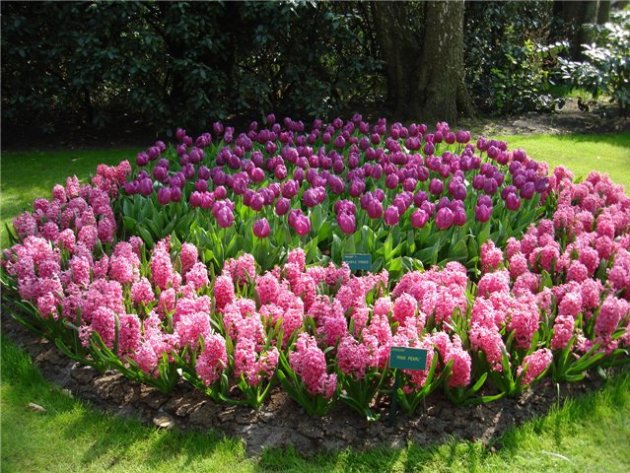
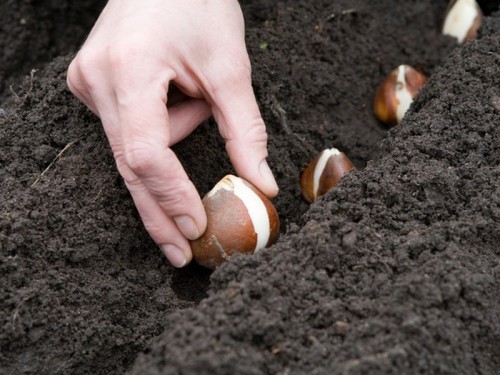
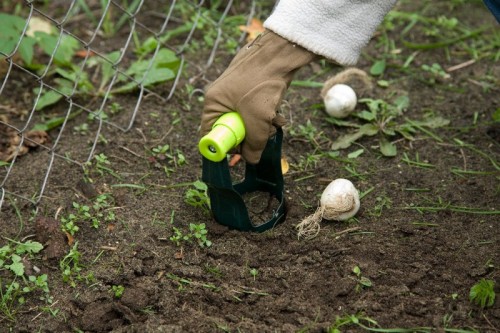
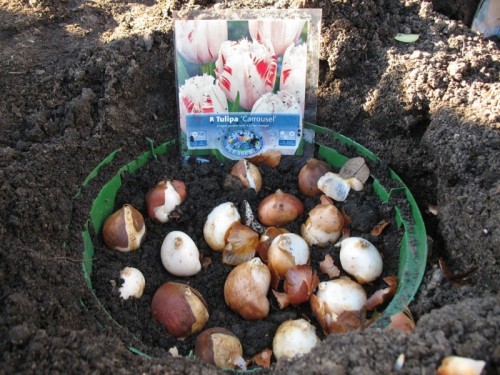
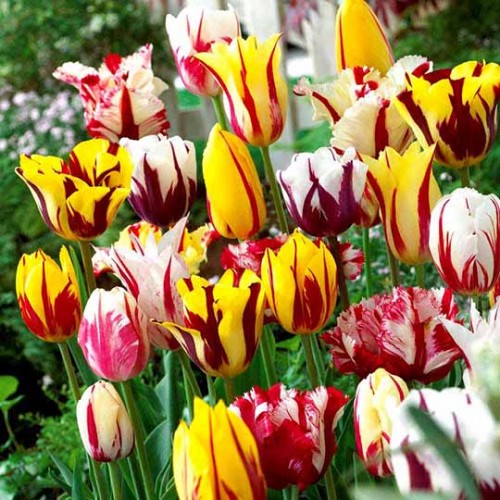
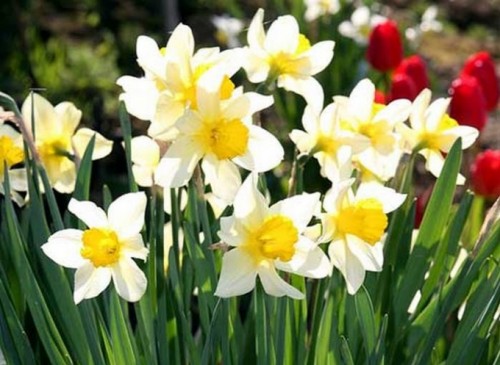
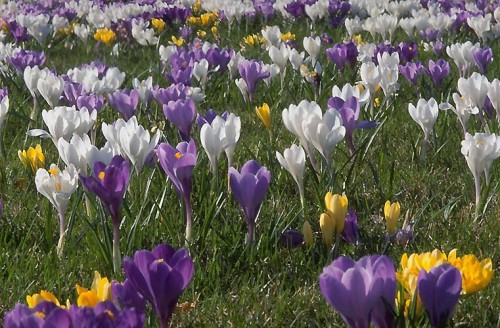
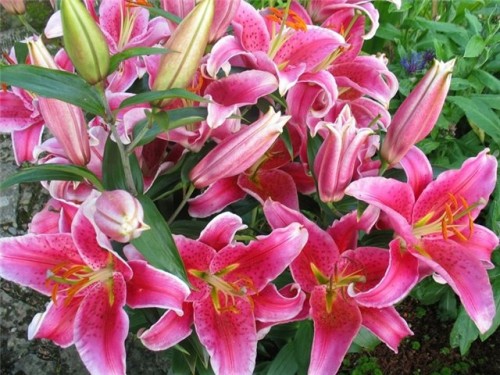

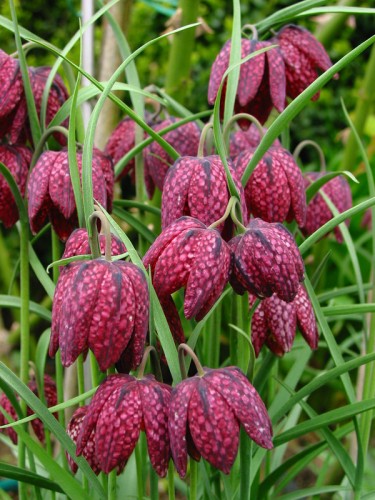





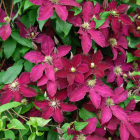
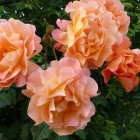

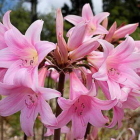
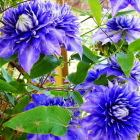
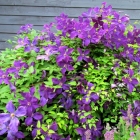
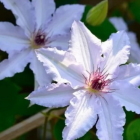
 Start a discussion ...
Start a discussion ...